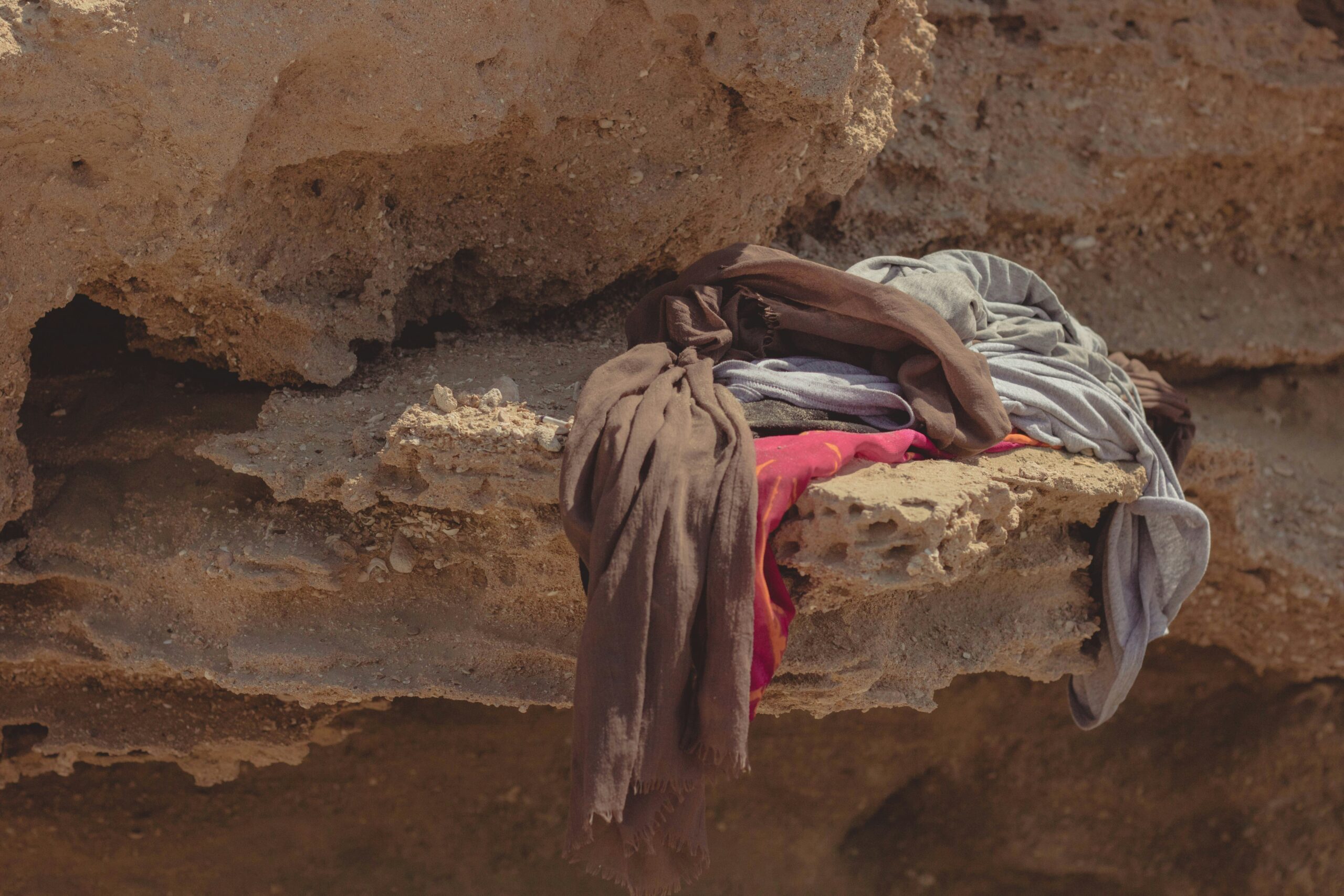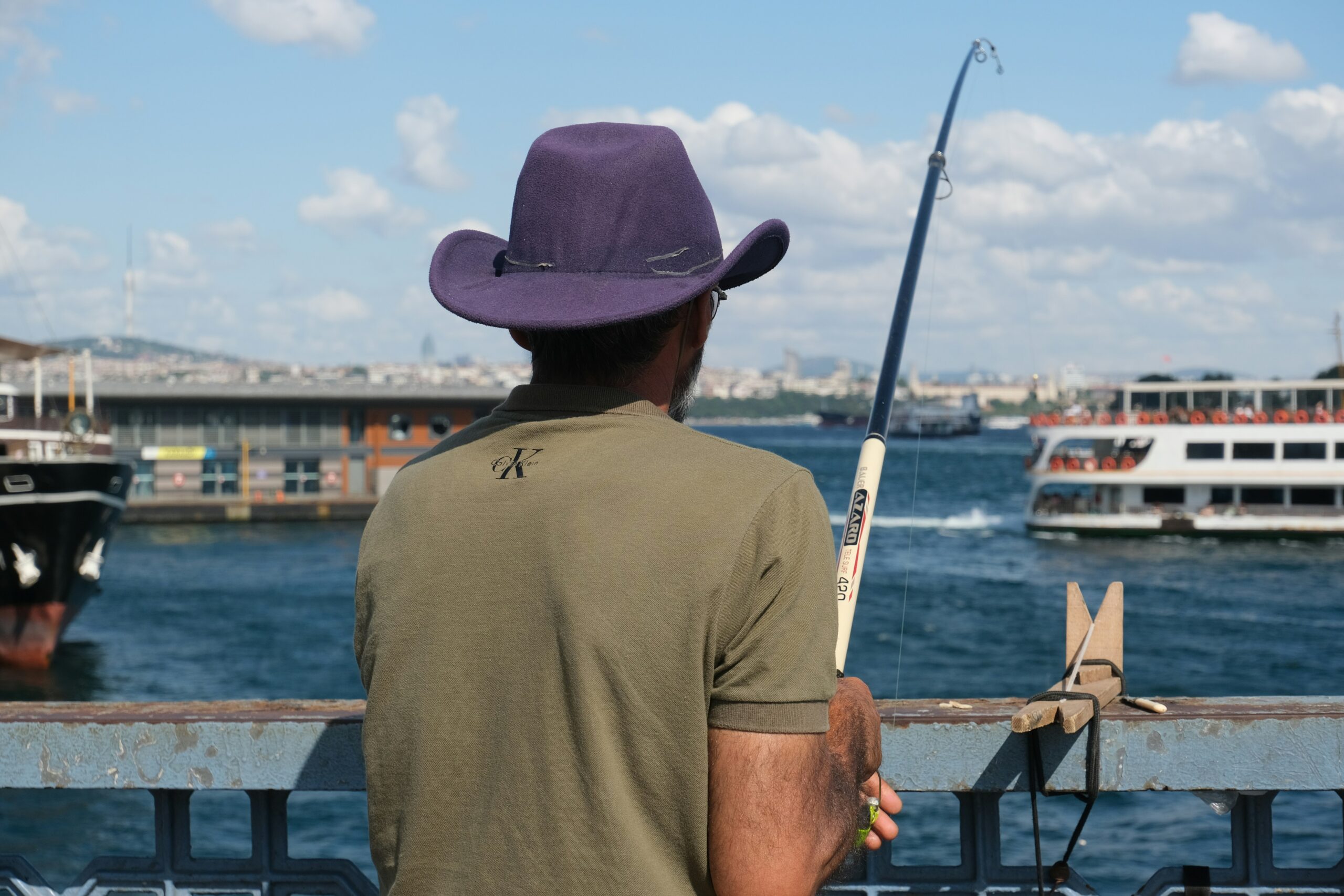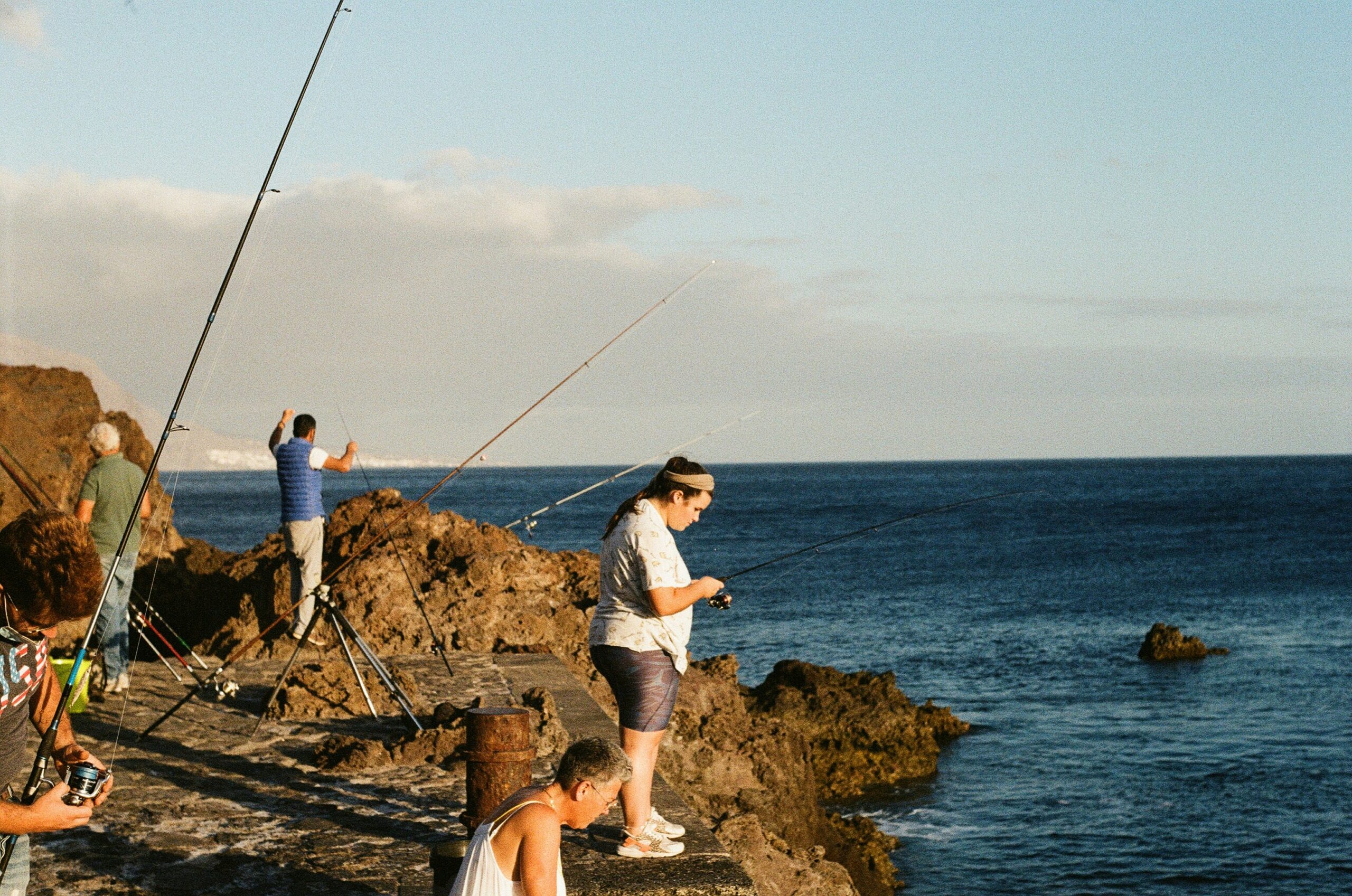What to Wear Fly Fishing: Essential Clothing, Gear & Packing Tips for Every Season
When I first started fly fishing I quickly learned that what I wore made all the difference. The right gear keeps me comfortable focused and ready for whatever the river throws my way. It’s not just about looking the part—it’s about staying dry warm and protected from the elements.
Choosing the right outfit for fly fishing can feel overwhelming with so many options out there. I’ve found that a few smart choices can make my time on the water a lot more enjoyable. Whether I’m wading into a cool mountain stream or casting from the bank I want to make sure I’m prepared for changing weather and long hours outdoors.
Understanding the Importance of Proper Fly Fishing Attire

Proper fly fishing attire supports comfort, safety, and performance in changing environmental conditions. I select every piece of clothing for fly fishing to manage moisture, shield skin from UV rays, and protect from wind, water, and biting insects.
Key Functions of Fly Fishing Attire
| Function | Description | Examples |
|---|---|---|
| Climate Control | Maintains body temperature in cold, rain, or heat | Breathable waders, layering shirts |
| Water Resistance | Prevents water penetration for longer time in wet environments | Waterproof boots, rain jackets |
| UV Protection | Blocks ultraviolet rays to reduce risk of sunburn and skin damage | UPF-rated hats, gloves, shirts |
| Safety | Reduces injury risk from sharp hooks, rocks, and insects | Wading boots, long pants, gloves |
Comparison of Common Attire Materials
| Material | Advantages | Limitations |
|---|---|---|
| Synthetics | Lightweight, fast-drying, moisture wicking | Less warmth in cold |
| Merino Wool | Insulating when wet, odor-resistant | Pricier than synthetics |
| Cotton | Soft, breathable | Holds moisture, slow drying |
Environmental Considerations
- Sun exposure affects fly fishing attire choices most between May and August when UV indices peak, according to NOAA.
- River temperature and depth inform insulation and boot choices for safe wading.
- Insect activity drives additional coverage needs, such as bug-repellent-treated hats or socks.
My experience confirms that dressing for fly fishing with context-specific gear reduces fatigue, enhances focus, and allows for full engagement in angling activities.
Essential Clothing for Fly Fishing

Choosing essential clothing for fly fishing maintains comfort and protection across varying conditions. I select each piece to stay dry, regulate body temperature, and reduce environmental risks.
Waders and Boots
Waders and boots provide a waterproof barrier and stabilize footing in water. I wear breathable, stockingfoot chest waders for mobility and moisture control in rivers and streams. I pair these with felt-soled or rubber-soled wading boots to prevent slipping on wet rocks, using cleats or studs in swift currents.
| Wader Type | Material | Best Use | Notes |
|---|---|---|---|
| Chest Waders | Breathable Nylon | Rivers, Deep Streams | Layer for warmth in cold water |
| Hip Waders | PVC, Rubber | Shallow Creeks | Quick to put on, lighter for short trips |
| Boot Sole Type | Traction Level | Use Case |
|---|---|---|
| Felt | High | Mossy or slippery river beds |
| Rubber | Medium | All-around, legal everywhere |
| Studded | Max | Fast water, boulder-strewn |
Shirts and Pants
Shirts and pants for fly fishing use light, quick-drying fabrics with sun and insect protection. I prefer long-sleeve UPF-rated shirts in 30+ UPF for UV defense and nylon or polyester fishing pants with zip-off legs for versatility. These options wick moisture, dry quickly, and shield from biting insects.
| Clothing | Material | UV Protection | Notable Feature |
|---|---|---|---|
| Shirt | Nylon/Polyester | UPF 30-50 | Ventilated, fast-drying |
| Pants | Nylon/Polyester | UPF 30+ | Convertible to shorts, cargo pockets |
Jackets and Outerwear
Jackets and outerwear shield against rain, wind, and temperature swings. I use lightweight, waterproof-breathable shell jackets with adjustable hoods during storms and pack insulated vests or softshells for cold weather. These garments keep me dry without overheating and fit easily over base and insulation layers.
| Outerwear Type | Protection | Best For |
|---|---|---|
| Shell Jacket | Waterproof/Wind | Rain, sudden storms |
| Insulated Vest | Thermal | Cool mornings, layering |
| Softshell Jacket | Wind, water | Mild drizzle, gusty days |
Protective Accessories for Comfort and Safety
Protective accessories support comfort and safety while fly fishing by reducing sunburn risk, enhancing thermal control, and blocking debris or glare. I choose gear based on weather, water glare, and stream conditions as these factors change throughout the day.
Hats and Sun Protection
Hats with wide brims and UPF ratings protect my face, neck, and ears from prolonged sun exposure. I select models like broad-brimmed sun hats, performance fishing caps with neck covers, or lightweight buff headwear in regions with high UV index. Ventilated crowns improve comfort during hot afternoons.
Table: Common Sun Protective Headwear and Their Features
| Headwear Type | Main Benefit | Best Use Scenario | Example Material |
|---|---|---|---|
| Wide-brimmed Hat | Full face/neck cover | Sunny open rivers | Nylon, Polyester |
| Cap with Neck Flap | Extra neck protection | High sun exposure | UPF Synthetic |
| Fishing Buff/Neck Gaiter | Versatile coverage | Changing conditions | Stretch Nylon |
UV protection in fly fishing hats limits the risk of skin damage and heat exhaustion.
Gloves and Socks
Gloves shield my hands from UV rays and prevent line cuts when handling fish or gear. I rely on fingerless fishing gloves with UPF 50+, camo or neutral colors, and quick-drying fabric. Thermal gloves insulate when water temperatures fall below 50°F.
Socks manage foot comfort and help avoid blisters during long hours in boots. Moisture-wicking merino wool or synthetic blends keep heat in and friction out, while neoprene socks give extra insulation in cold rivers.
Table: Fly Fishing Glove and Sock Options
| Accessory | Primary Function | Conditions | Material Examples |
|---|---|---|---|
| Fingerless UV Gloves | Sun, line abrasion | Warm/Sunny | UPF Poly/Spandex |
| Insulating Gloves | Warmth, wet use | Cold | Neoprene, Fleece |
| Wading Socks | Blister prevention | Year-round | Merino Wool, Synthetics |
| Neoprene Socks | Extra insulation | Cold water | Thick Neoprene |
Context-tailored gloves and socks lessen fatigue and protect skin in challenging stream environments.
Sunglasses and Eye Protection
Sunglasses with polarized lenses minimize surface glare, protect eyes from hooks and UV rays, and improve underwater visibility. I pick wraparound frames with scratch-resistant and shatterproof polycarbonate lenses for reliable coverage. Amber or copper tints boost contrast, which helps spot fish in cloudy water. Retainer straps and side shields keep glasses in place during casts or stream crossings.
Seasonal Considerations for Fly Fishing Outfits

Selecting fly fishing outfits based on seasonal changes optimizes my comfort and performance. Seasonal weather shifts affect moisture, temperature, and sun levels, so my gear combinations adapt accordingly.
Warm Weather Gear
Warm-weather fly fishing means I prioritize breathability, UV safety, and quick-drying layers. I choose moisture-wicking synthetic or merino wool shirts paired with UPF-rated long sleeves and convertible nylon pants. Lightweight shell jackets sit in my pack for afternoon storms common from May to September. Wide-brimmed hats and sungaiters shield exposed areas from sunburn when UV indices peak. Perforated wading boots and thin merino socks reduce sweat and blisters in July and August, while polarized sunglasses cut water glare.
Warm Weather Fly Fishing Essentials
| Item | Material | Key Function | Example Feature |
|---|---|---|---|
| Shirt | Polyester/Merino | UV/moisture control | UPF 50, ventilated |
| Pants | Nylon/Polyester | Quick-dry | Convertible legs |
| Hat | Nylon/Straw | Sun protection | Wide brim, neck flap |
| Socks | Merino Wool | Wicking/cooling | Thin, low-cut |
| Sunglasses | Polycarbonate | Glare reduction | Polarized, wraparound |
Cold Weather Gear
Cold weather fly fishing demands thermal retention and reliable layering. I use insulating base layers, fleece midlayers, and waterproof-breathable outer shells—synthetic or wool blends perform better than cotton. Neoprene waders extend fishing time in rivers below 55°F, while insulated boots with wool socks minimize heat loss. Fleece-lined gloves and beanies protect fingers and ears from wind exposure when air drops to November lows. On icy mornings, windproof vests or puff jackets replace lighter shells and maximize warmth.
Cold Weather Fly Fishing Essentials
| Item | Material | Key Function | Example Feature |
|---|---|---|---|
| Base Layer | Merino/Synthetic | Thermal wicking | 200-250gsm weight |
| Midlayer | Fleece | Added warmth | Full-zip, stretch panels |
| Outer Shell | Nylon/Polyester | Waterproof | Taped seams |
| Waders | Neoprene/Nylon | Thermal insulation | 3.5-5mm thickness |
| Gloves/Beanie | Fleece/Wool | Heat retention | Windproof, touchscreen |
Recommended Fabrics and Materials
Selecting ideal fabrics and materials for fly fishing gear helps me stay dry, protected, and comfortable during long hours outdoors. I focus on textiles engineered for moisture management, thermal control, UV protection, durability, and quick drying.
Primary Fabric Types for Fly Fishing Apparel
| Fabric | Benefits | Limitations | Best Use Cases |
|---|---|---|---|
| Polyester | Quick drying, lightweight, UV resistant | Lacks insulation in cold, can retain odor | Base layers, shirts, hats |
| Nylon | Abrasion resistant, windproof, dries fast | Not as breathable as natural fibers | Waders, shell jackets, hats |
| Merino Wool | Thermal regulating, odor resistant, wicks moisture | Less durable in rough use, can be pricey | Socks, base layers, cool/cold weather |
| Spandex/Elastane | Stretchable, enhances mobility | Prone to heat damage, less durable alone | Pants, shirts, underlayers |
| Cotton | Soft, breathable when dry | Absorbs water, slow to dry, chills quick | Not recommended beyond casual wear |
Layer Selection Based on Conditions
- Base Layer: I choose moisture-wicking polyester or merino wool base layers since they draw moisture from my skin and keep me dry.
- Insulation Layer: For cool weather, I wear fleece or merino wool midlayers for warmth without bulk.
- Outer Shell: Waterproof-breathable nylon or polyester shell jackets shield me from wind and rain.
UPF Ratings for Sun Protection
| UPF Rating | Protection Level | Example Items |
|---|---|---|
| 15–24 | Good | Standard long sleeves |
| 25–39 | Very Good | Lightweight fishing pants |
| 40–50+ | Excellent | UPF hats, high-end shirts |
UV-resistant nylon and polyester textiles with UPF 40+ shield my skin against harmful rays, especially vital when I spend hours on the water.
Waterproof vs. Water-Resistant Materials
- Waterproof: Laminated nylon or polyurethane-coated polyester blocks rain and river spray completely, best for waders and outer shells.
- Water-Resistant: Tight-woven untreated nylon and polyester resist light moisture, suitable for shirts and pants in hot climates.
Durability and Comfort Factors
Reinforced nylon and ripstop weaves in waders and outerwear prevent snags and tears from rocks and brush. I pick garments with flat seams and soft linings, reducing friction during continuous movement.
Tips for Packing and Layering
Efficient packing and layering improve fly fishing comfort while adapting to unpredictable weather and stream conditions. Key considerations include weather forecasts, water temperatures, and trip duration.
Layering System Checklist
| Layer | Ideal Fabrics | Main Functions | Popular Garments |
|---|---|---|---|
| Base Layer | Polyester, Merino | Moisture wicking, quick drying | Short/long sleeve shirt, thermal leggings |
| Mid Layer | Fleece, Insulated Synthetics | Thermal retention | Fleece jacket, insulated vest |
| Outer Layer | Waterproof breathable synthetics | Wind/waterproof, UV protection | Rain shell jacket, windbreaker |
Packing Priorities for Fly Fishing
- Prioritize season-specific layers, like insulated baselayers in spring or fall and convertible pants in summer.
- Choose compressible gear, including down or synthetic jackets, to save space in your pack or dry bag.
- Select backup socks, gloves, and liners made from fast-drying fibers if wading in cold streams.
- Organize upper and lower body layers separately in waterproof bags to simplify changes on the riverbank.
- Store accessories, such as hats, sunglasses, or neck gaiters, in easy-access pockets.
Weather-Responsive Layering Tips
- Start trips in lightweight, moisture-wicking base layers, then add or remove insulation as needed.
- Switch to rain shells immediately if clouds build or wind picks up to maintain core warmth.
- Adjust headwear and gloves if solar radiation or insect activity rises suddenly.
Packing Table: Example Kit for a 1-Day Trip
| Item | Compartment | Purpose |
|---|---|---|
| Merino base shirt | Main compartment | Core moisture management |
| Fleece zip vest | Top of bag | Swift insulation addition |
| Lightweight rain jacket | Outer pocket | Immediate weather defense |
| Convertible pants | Rolled inside boot bag | Adaptable leg coverage |
| Compression socks | Spare pouch | Dry feet, blister prevention |
| Wide-brim UPF hat | Side pocket | Sun and rain protection |
| Polarized sunglasses | Rigid glasses case | Eye comfort, glare reduction |
Layering flexibility and strategic packing enhance readiness for sudden changes in environmental factors, supporting focus on fish activity throughout any fly fishing session.
Conclusion
Fly fishing is so much more enjoyable when I’m dressed for the conditions and ready for whatever the day brings. I find that a little planning goes a long way in keeping me comfortable and focused on the water. With the right gear and a flexible approach to layering, I can stay dry, protected, and prepared for any surprises nature throws my way. My time on the river is always better when I know I’m outfitted for success.
Frequently Asked Questions
What is the most important piece of clothing for fly fishing?
The most important piece of clothing for fly fishing is a good pair of waders, as they keep you dry and comfortable while allowing you to wade into the water.
Why is layering important when fly fishing?
Layering allows you to adapt to changing temperatures and weather conditions, ensuring you stay comfortable, dry, and warm throughout your fishing trip.
What materials are best for fly fishing clothes?
Synthetic fabrics and merino wool are best because they manage moisture, dry quickly, and offer good breathability. Avoid cotton as it absorbs water and dries slowly.
What features should I look for in a fly fishing shirt?
Look for lightweight, moisture-wicking, and quick-drying shirts with UPF protection and long sleeves to guard against sun, insects, and moisture.
How do I choose the right waders and boots?
Select waders based on water depth and conditions—breathable chest waders for deep streams, hip waders for shallow areas. Pick boots with appropriate soles for traction on wet or rocky surfaces.
Should I wear a hat while fly fishing?
Yes, a hat with a wide brim and UPF rating helps protect you from sun exposure, rain, and glare, improving comfort and visibility.
Are gloves and socks necessary for fly fishing?
Gloves and socks are important for UV protection, warmth, and moisture management, preventing blisters and keeping your hands and feet comfortable.
Why are polarized sunglasses recommended for fly fishing?
Polarized sunglasses reduce water glare, improve underwater visibility, and protect your eyes from UV rays, making it easier and safer to spot fish.
How should I dress for warm-weather fly fishing?
Wear light, breathable, and quick-drying layers—moisture-wicking shirts, convertible pants, a wide-brim hat, and UV-protective accessories—for comfort and sun protection.
What’s the best way to pack clothing for a fly fishing trip?
Pack using a layering system with base, mid, and outer layers tailored to the forecast. Store items in waterproof bags for quick access, and adjust your kit to fit changing conditions.
